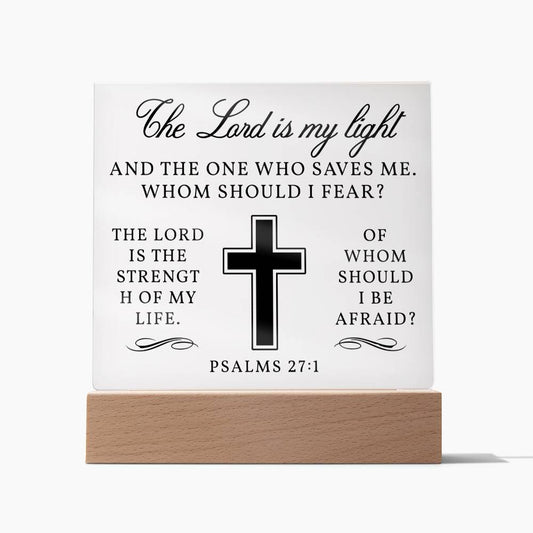Understanding the Difference Between a Cross and a Crucifix
In Christian symbolism, the cross and the crucifix are two significant representations of Jesus Christ's sacrifice and the core beliefs of the faith. While they may appear similar at first glance, there are distinct differences between the two. In this article, we will explore the characteristics and meanings of the cross and the crucifix, shedding light on their historical significance and the various interpretations within Christianity.
I. The Cross:
The cross is a simple geometric shape consisting of two intersecting lines, typically vertical and horizontal. It has been used as a symbol for centuries, predating Christianity. However, since Jesus Christ's crucifixion, the cross has become an emblem of the Christian faith.
A. Symbolic Meaning:
The cross represents redemption, salvation, and the triumph of Jesus over sin and death. It is a powerful symbol of faith and a reminder of the sacrifice made by Jesus for the salvation of humanity.
B. Variations:
- Latin Cross: The most common form of the cross, characterized by a longer vertical line intersecting a shorter horizontal line.
- Greek Cross: A cross with four equal-length arms, representing the equality of the four cardinal directions and the universal reach of Christ's sacrifice.
- Celtic Cross: A cross with a circle around the intersection of the vertical and horizontal lines, symbolizing eternity and the interconnectedness of all things.
II. The Crucifix:
Unlike the cross, the crucifix is a cross that includes a representation of Jesus' body, usually depicting him crucified. It is a more specific and detailed symbol, emphasizing the suffering and sacrifice of Jesus.
A. Symbolic Meaning:
The crucifix serves as a visual reminder of Jesus' crucifixion, emphasizing his suffering, death, and ultimate victory over sin and death. It is a potent symbol of God's love for humanity and a constant reminder of Jesus' sacrifice.
B. Variations:
- Traditional Crucifix: This depicts Jesus' body nailed to the cross, often with his head bowed and a crown of thorns.
- Resurrection Crucifix: Some crucifixes show Jesus' body on the cross but with a prominent emphasis on his resurrection, symbolizing the hope and victory over death.
III. Differences and Interpretations:
The primary difference between a cross and a crucifix lies in whether or not they include a representation of Jesus' body. While the cross is a more universal symbol, the crucifix carries a deeper and more explicit meaning, focusing on Jesus' sacrifice and its significance for believers.
Different Christian denominations and individuals may have varying interpretations of the cross and the crucifix. Some may prefer the simplicity and universality of the cross, while others may find solace and inspiration in the visual representation of Jesus' suffering on the crucifix. Ultimately, the choice between the cross and the crucifix is a matter of personal preference and religious tradition.
Conclusion:
In summary, the cross and the crucifix are distinct symbols within Christianity. The cross represents redemption, salvation, and the triumph of Jesus over sin and death. On the other hand, the crucifix is a cross that includes a representation of Jesus' body, emphasizing his sacrifice and suffering. Both symbols hold deep meaning for Christians, serving as reminders of Jesus' love and the significance of his crucifixion. The choice between the cross and the crucifix depends on personal preference and the individual's connection to their faith.







